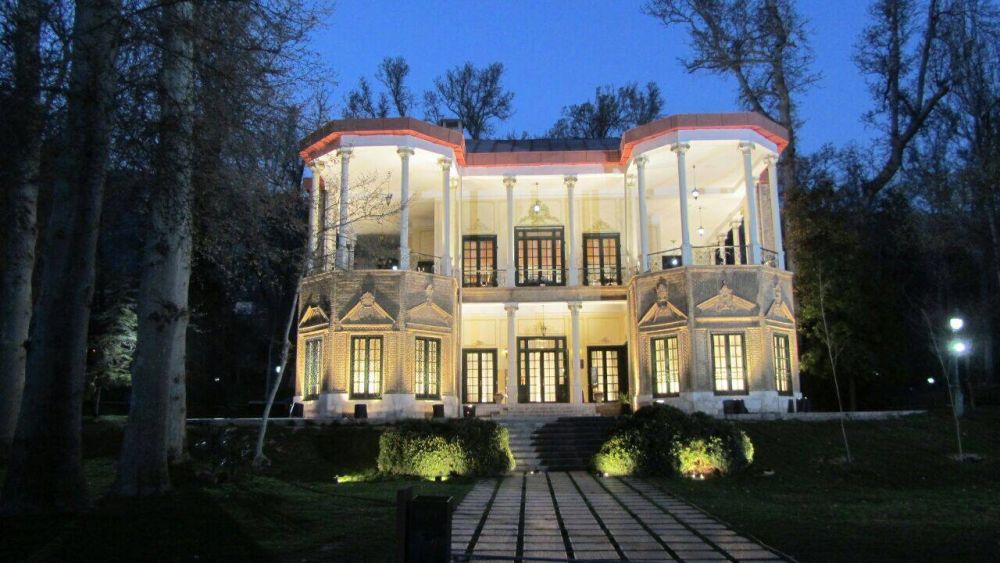

The Niavaran Palace Complex, situated in the northern part of Tehran, Iran, is composed of several palaces and museum buildings set within a majestic garden. The history of the Niavaran Complex dates back to the Qajar Dynasty when the area served as a royal summer residence. However, the main structures that we see today were constructed during the Pahlavi era in the 20th century.
The complex was a place of significance for the last two shahs of Iran: Mohammad Reza Pahlavi and his father, Reza Shah. It was during their reigns that the Niavaran Palace witnessed grand architectural transformations including the construction of the main palace, which exemplified modern Iranian aesthetics combined with traditional Persian architectural themes.
In the 20th century, the Niavaran Palace Complex was used exclusively by the royal family and was thus closed to the public. However, post the 1979 Iranian Revolution, the palaces within the complex were converted into museums and subsequently opened to visitors.
The Niavaran Palace Complex has since been a popular attraction for both domestic and international tourists, intrigued by Iran’s royal history and architectural heritage. The main palace, known as Niavaran Palace, the Ahmad Shahi Pavilion and the exclusive Sahebqraniyeh Palace, are among the key highlights.
In recent years, the tourism trends at Niavaran have reflected a growing interest in cultural heritage and museum experiences. Visitors are often found engaging in guided tours that provide insights into the history of Iran's monarchical past and the architectural styles representing the late Qajar and Pahlavi periods.
Moreover, the garden and cultural complex around the palaces are witness to a range of cultural events and art exhibitions, appealing to a broader audience, and contributing to the vibrant cultural tourism scene of Tehran.
Sustainable Tourism: Attuned to the global trend of sustainable tourism, efforts have been made to ensure that the conservation of the Niavaran Palace Complex aligns with environmentally friendly practices.
Virtual Experiences: Given the impact of the COVID-19 pandemic on global travel, virtual tours have emerged as a novel way to experience the Niavaran Palace Complex, reaching a wider international audience.
Interactive Educational Programs: With the rise in educational tourism, the complex has started to offer more interactive and educative events, workshops, and programs designed to enlighten visitors on Iran's royal history and culture.